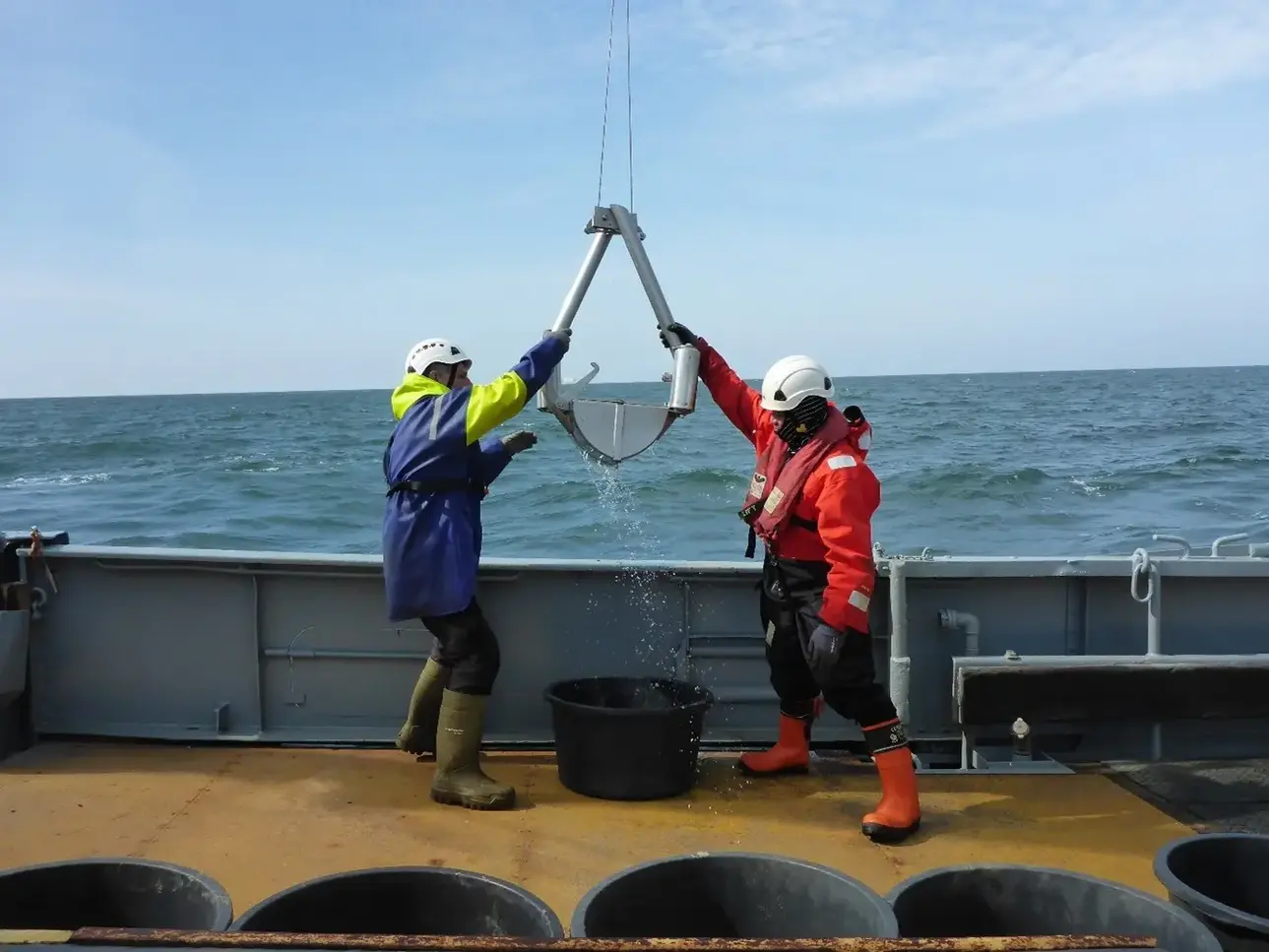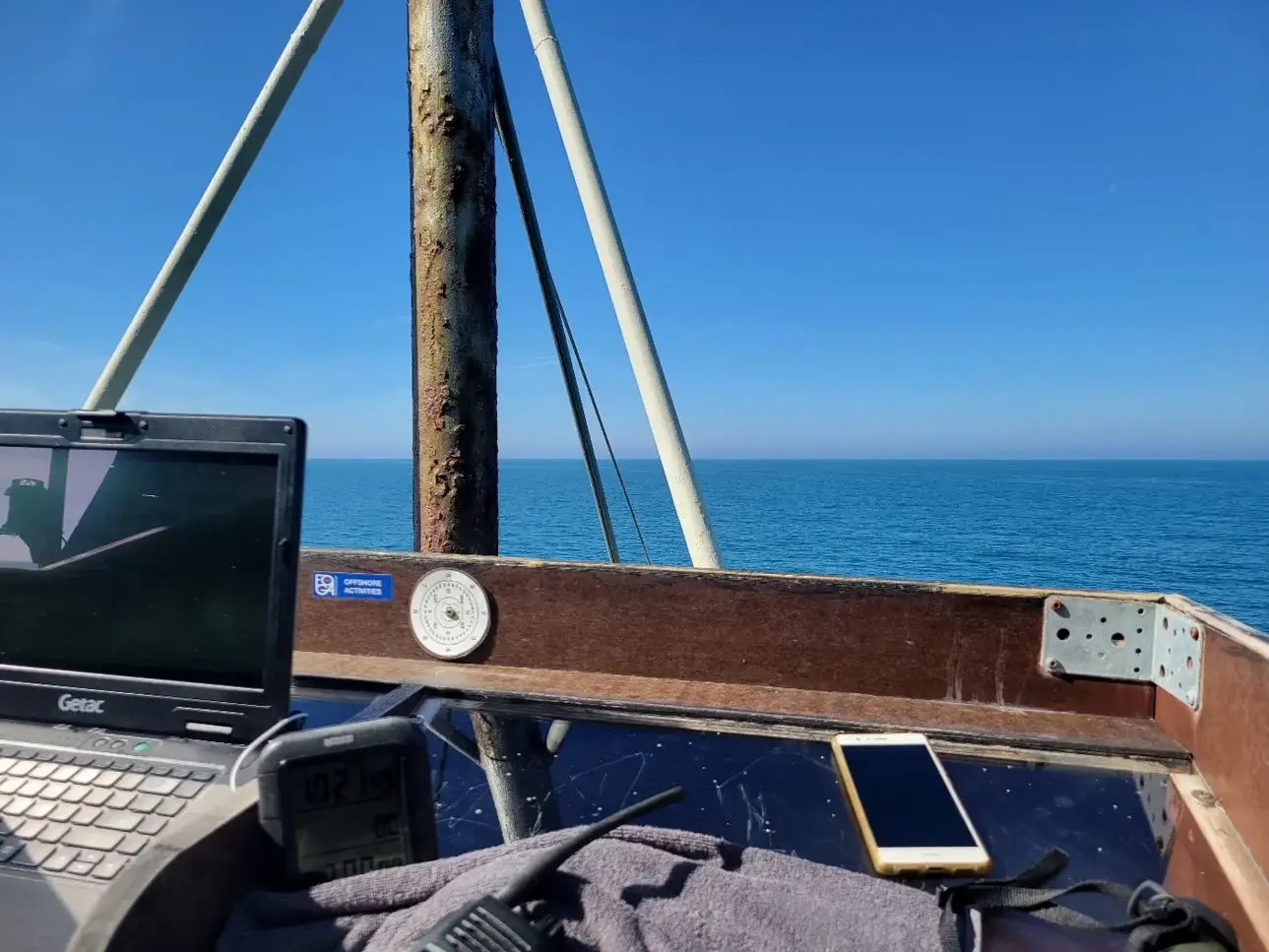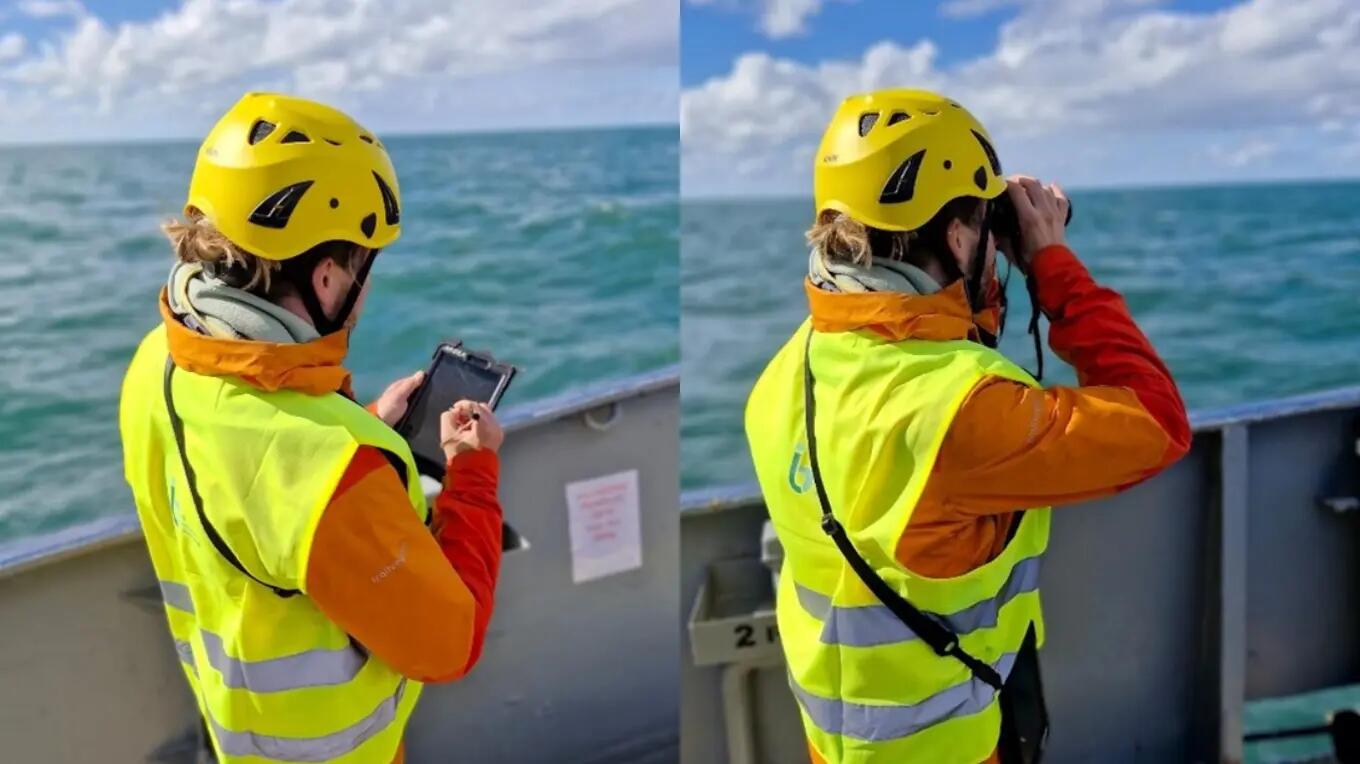Powering a Sustainable Future
Offshore Wind Energy in Germany
TotalEnergies is one of the leading experts in offshore wind. With its know-how, the company successfully develops and operates offshore wind farms worldwide.
of Clean Offshore Wind Energy being developed by TotalEnergies in Germany
Our Projects in Germany
TotalEnergies, one of the largest developers of offshore wind farms in Germany, will make a significant contribution to the expansion of offshore energy in the coming years. Drawing on its expertise and capabilities, the company supports its ambition to generate 100 terawatt-hours of low-carbon electricity annually by 2030
MD Offshore Wind Germany at TotalEnergies

Environmental Analysis: A Core Pillar of Offshore Wind Development
As part of the environmental assessment, experts conduct detailed studies of the seabed, marine mammals, sea and resting birds, migratory birds, and bats in the Baltic Sea.

Seabed and Benthic Habitat Surveys
Understanding the seafloor is the foundation of responsible offshore development. We begin by mapping the seabed using high-resolution side-scan sonar to identify habitat types and geological features.
To ensure scientific accuracy, we select 20 sampling stations within the wind farm area and 20 in a nearby reference zone with similar seabed conditions. At each of these 40 stations, we collect sediment and biological samples using a Van Veen grab. These samples help us assess the health and diversity of benthic communities, ensuring minimal disruption to marine ecosystems.

Monitoring Marine Mammals with Acoustic Technology
Protecting marine mammals is a top priority. We use passive acoustic monitoring to detect species such as porpoises and dolphins. Specialized click detectors, securely anchored to the seabed, record echolocation sounds made by these animals.
This non-invasive method allows us to track their presence and migration routes over time, helping us plan construction activities to avoid sensitive periods and habitats.

Marine Mammal Observations From Sea and Sky
Our environmental monitoring extends above the waterline. Expert observers conduct visual surveys from both ships and aircraft, following systematic transects across the project area.
Onboard our vessels, trained ornithologists and marine mammal specialists work from wind-protected observation stations, known as “Orniboxes,” to record sightings. These observations provide valuable data on species abundance, behavior, and seasonal patterns.
.webp?t=resize&width=0.95)
Tracking Migratory Birds and Bats
Migratory species are particularly sensitive to offshore infrastructure. To monitor bird migration, we deploy radar systems on anchored vessels. While radar tracks flight paths and densities, species identification is carried out by ornithologists through:
- Daytime visual observations
- Nighttime acoustic monitoring of bird calls
In the Baltic Sea, we also monitor bat migration using ultrasonic detectors. These devices capture high-frequency calls, helping us understand bat activity over open water and implement protective measures where needed.


